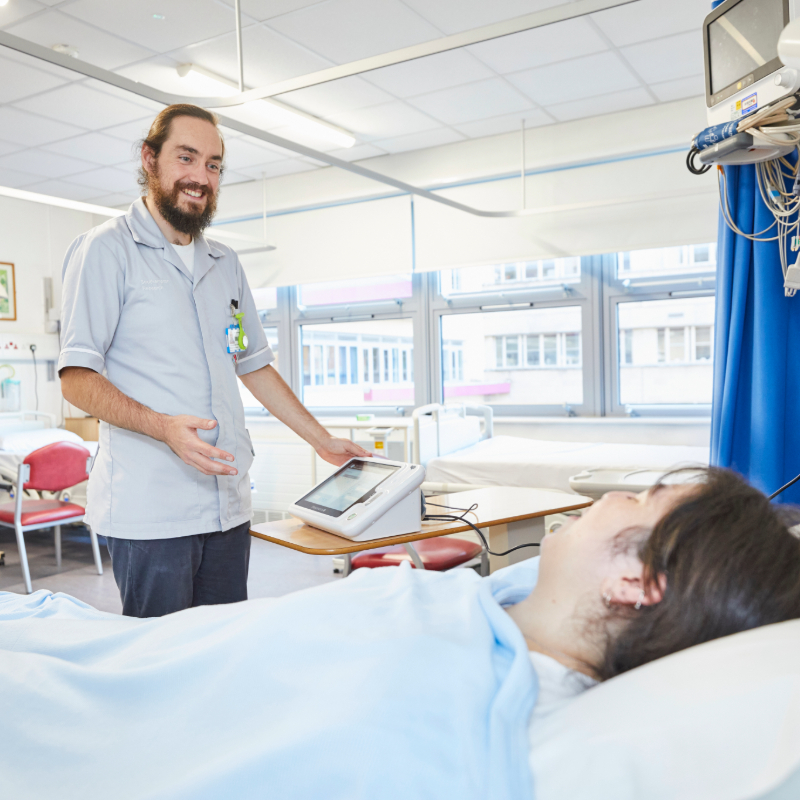
Our
research
We’re pioneers. We’re world-class people delivering world-class care. We’re one Trust and one team, driven by the opportunity to perform revolutionary research and determined to always lead from the front. Join us and you’ll be supported to grow and achieve career success in an environment that welcomes and nurtures outstanding people.
“I came to UHS for the pioneering research, I stayed because we
never stop innovating.”
Our Vision
'World Class People, delivering World Class Care' is supported by our constant commitment to making ourselves even prouder tomorrow than we are today of the outstanding patient care, inclusive culture, spirit of teamwork and collaboration, and the way in which we innovate and inspire creativity.
That commitment is embodied in our determination to always improve which directs how we do things here. We call it THE UHS WAY. It’s the thread that brings everything together and provides a unifying measure of our progress.
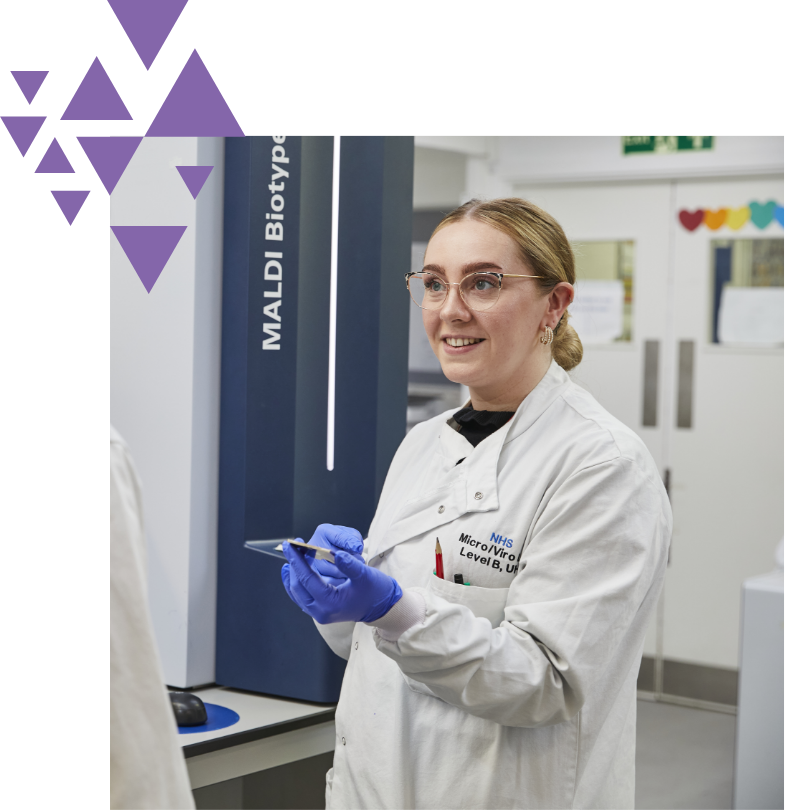
Our Always Improving strategy describes how we’ll promote a supportive environment for our people to drive change The UHS Way, by focussing on:
- Pioneering research and innovation
- World class people
- Integrated networks and collaboration
- Foundations for the future
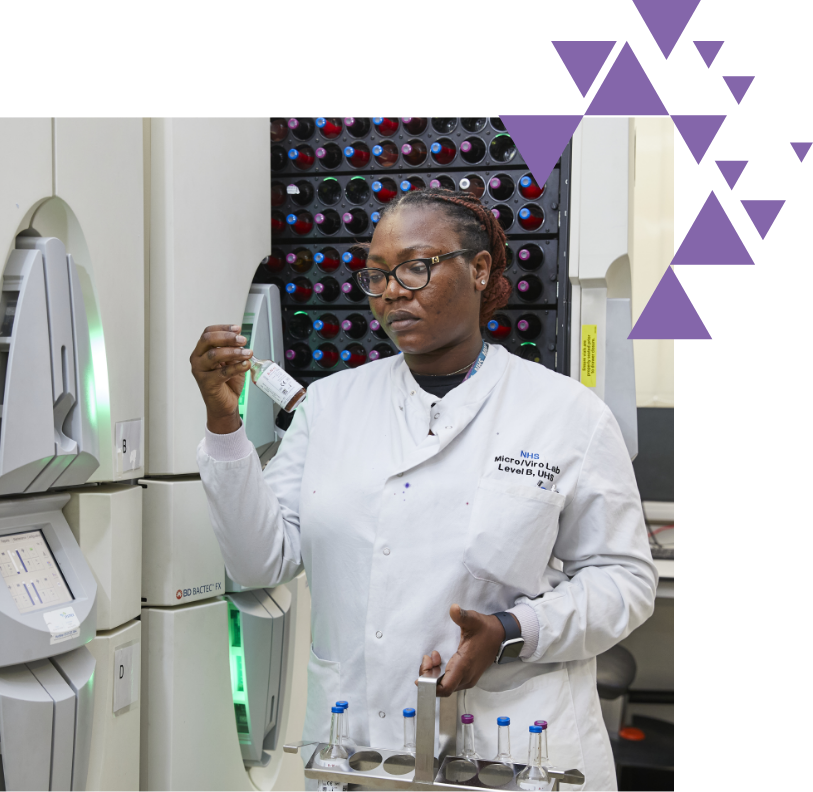
Facilities and Infrastructure
For over 50 years we’ve been leading the way as one of the largest and most prolific university teaching hospitals for research in the NHS. We were at the forefront of the global effort to develop vaccines, drugs and testing to address the COVID-19 pandemic. We are actively engaged in ground-breaking research across our various sites and facilities.
NIHR Southampton
Clinical Research Facility (CRF)
This is where volunteers take part in early phase clinical trials. Located at the heart of the hospital, our modern, dedicated space has adult inpatient and outpatient areas and a dedicated paediatric area. Researchers can access a team of experienced research nurses, specialist equipment and laboratory support.

NIHR Southampton Biomedical Research Centre (BRC)
We take new discoveries, treatments and technologies into the clinic, using unique tools, facilities and world-leading expertise. Researchers can connect with a variety of experts with backgrounds in academia and healthcare
Wessex Investigational
Sciences Hub (WISH)
We provide bespoke translational research services to regulatory standards. We’re ideally placed to work with industry and are integrated with the CRF, enabling access to samples from research participants.

Cancer research facilities
Our extensive facilities support new advances in knowledge, treatments and care. They include the NIHR CRUK Experimental Cancer Medicine Centre (ECMC), Centre for Cancer Immunology (CCI) and CRUK Southampton Centre. Our research focuses on harnessing the body’s immune system to fight cancer through immunotherapy, discovering biological mechanisms to develop ground-breaking new treatments.
Southampton Musculoskeletal Research Unit
Muscle, bone and joint conditions and injuries affect the lives of millions of people. We combine clinical services with research to better prevent and treat them.
LifeLab
This is our state-of-the-art teaching laboratory for school students to learn the science behind health messages. It’s an inspirational place where young people can get an early introduction to the life-changing work clinical research can achieve.
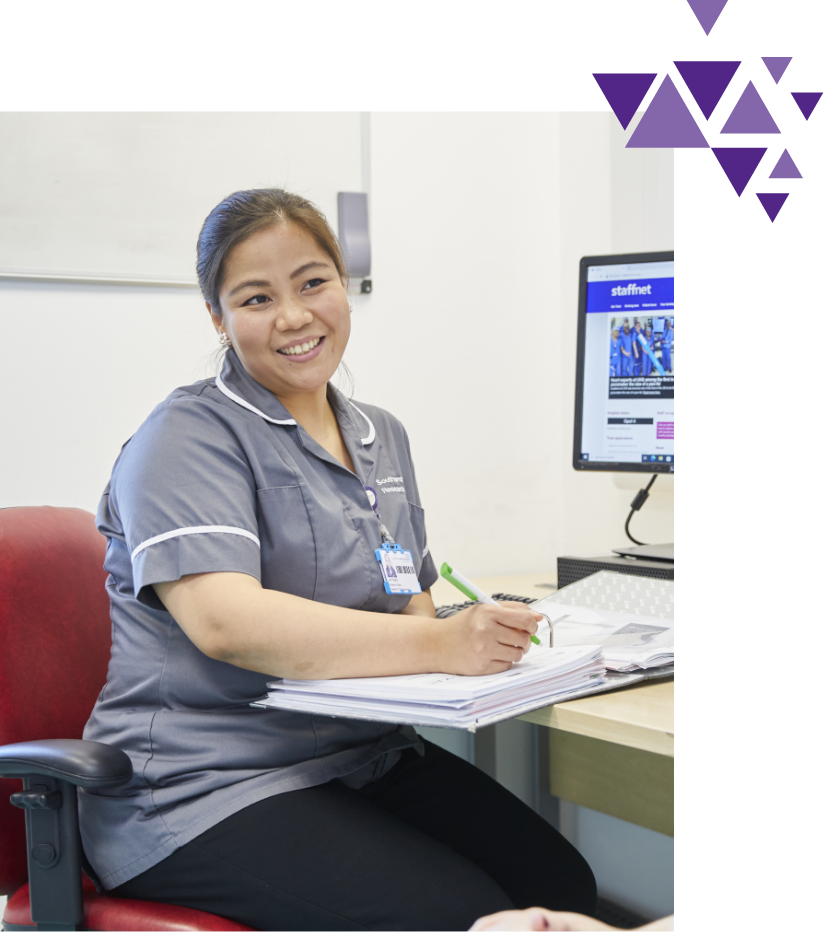
Research credentials
When it comes to research, we believe in putting our money where our mouth is.
We’ve invested over £15m in research and innovation over 5 years to drive emerging therapeutic interventions and research enabled by data, digital innovation and AI.
Our research income has grown by over 100% in the last 5 years, with a similar growth in our hosted infrastructure.
We’ve doubled the number of colleagues in our research community, between 2012 and 2022.
We support our researchers to fulfil their potential and develop a career in health research, with advice from the Southampton Academy of Research.
We’re consistently in the top ten recruiting locations for clinical studies in the UK.
Over 250,000 participants have taken part in our research since 2001.
Our pioneering research has led to an 80% increase in funding for the NIHR Southampton Biomedical Research Centre, with a significant impact on advancing healthcare. You can read more about this pioneering research here
There are 11 current and emeritus NIHR Senior Investigators based in Southampton. NIHR Senior Investigator status is given to the most prominent health researchers in the UK.


Pioneering projects
At UHS, we are at the forefront of ground-breaking research, pushing boundaries to improve patient outcomes and transform healthcare
Through our established clinical research centres of excellence, we enhance health and quality-of-life by improving resilience to disease, injury, and the consequences of ageing across the life course through translational research, large-scale longitudinal studies, and the use of national disease registries for both discovery and clinical trials.
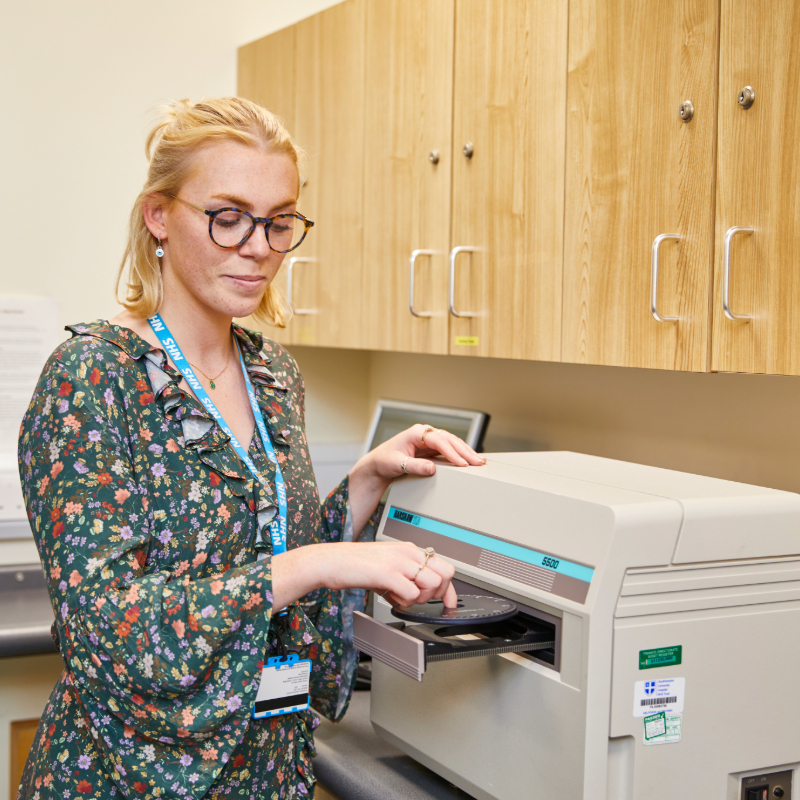
These are some of the vital projects we’re currently working on:
- We’re leading the way with ‘next generation’ coronavirus vaccines, designed to target COVID-19 virus variants and relatives and future pandemic threats.
- In a ground-breaking trial led by Dr. Rashid Kazmi, we have developed a pioneering gene therapy for the blood clotting disorder haemophilia B. This treatment has been approved in the USA and is now advancing towards approval in the UK, offering hope to patients worldwide.
- Our research in allergy and respiratory diseases is driving improved outcomes by developing new tests, therapies, and treatments, translating lab discoveries into increased resilience for patients, communities, and healthcare systems.

- We’re harnessing computer science, AI, and exploration of societal implications to create a trusted and trustworthy learning healthcare system.
- We’re developing new solutions to prevent, diagnose, and treat infectious diseases, including antimicrobial resistance, through early intervention, transmission reduction, and point-of-care diagnostics to combat global health challenges.
- Our Perioperative and Critical Care use individualised care and shared decision-making to improve survival, recovery and quality of life for those experiencing surgery or critical illness.
- Advances in imaging, biomarkers, large datasets, and AI are helping researchers better understand the underlying mechanisms of dementia and neurodegenerative diseases. This can lead to earlier detection and identification of new targets for treatment and prevention trials.
